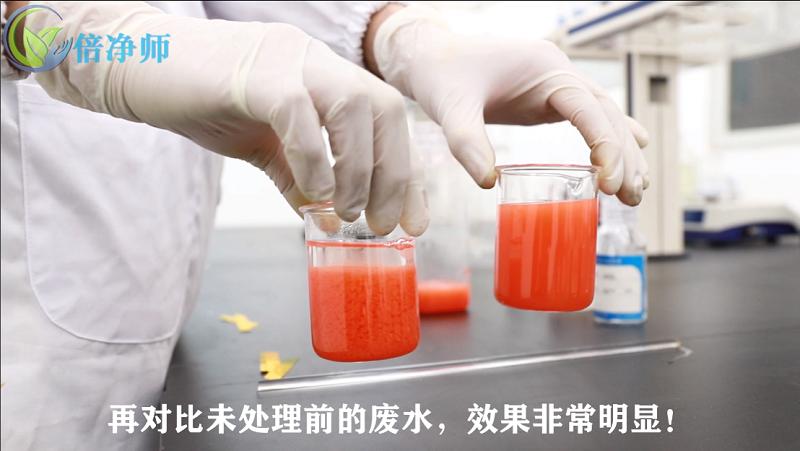Decolorizing agents are a type of chemical or physical treatment agents used to remove or reduce the color intensity in substances such as wastewater and oils. They are widely applied in industries like printing and dyeing, chemical engineering, textile, and pharmaceuticals. According to their action principles and components, decolorizing agents can be mainly classified into the following categories:
1.Oxidizing decolorizing agents
Oxidizing decolorizing agents destroy the chromophores of colored substances through oxidation reactions, thus achieving the decolorization effect. Common oxidizing decolorizing agents include calcium chlorate, hydrogen peroxide, sodium hypochlorite, persulfate, ozone, potassium permanganate, etc. Flocculating decolorizing agents.
2.Flocculating decolorizing agents
Flocculating decolorizing agents cause colored substances to form flocs and settle through physical actions such as adsorption and bridging. Common flocculating decolorizing agents include polyferric sulfate, ferric oxide, lime powder, cationic polyacrylamide, polyaluminium chloride, aluminium sulfate, etc.
3.Adsorbing decolorizing agents
Adsorbing decolorizing agents remove colored substances through physical adsorption. Common adsorbing decolorizing agents include activated carbon, diatomite, clay, adsorption resin, etc.
4.Composite decolorizing agents
Composite decolorizing agents combine the characteristics of physical adsorption and chemical reactions, enabling more efficient removal of color intensity. For example, PA decolorizing agent (with the main component being polyaluminium chloride).
5.Reducing decolorizing agents
Reducing decolorizing agents convert colored substances into colorless or light-colored substances through reduction reactions. For example, certain reducing agents (specific types are not clearly mentioned).
6.Other types
Metal complexing agents: Used to remove metal ions and reduce color intensity. Cinder: Due to its porous structure, it has a good adsorption effect on macromolecular dyes in printing and dyeing wastewater.

Conclusion
The selection of decolorizing agents needs to be matched according to specific application scenarios and the characteristics of the wastewater. A single agent often fails to achieve the desired effect, and usually, the coordinated action of multiple agents is required. For example, in the treatment of printing and dyeing wastewater, the combined use of oxidizing decolorizing agents and flocculating decolorizing agents has a better effect. If you need to further understand the specific application or composition of a certain decolorizing agent, you can search for keywords such as polyaluminium chloride, activated carbon, sodium hypochlorite, etc.




